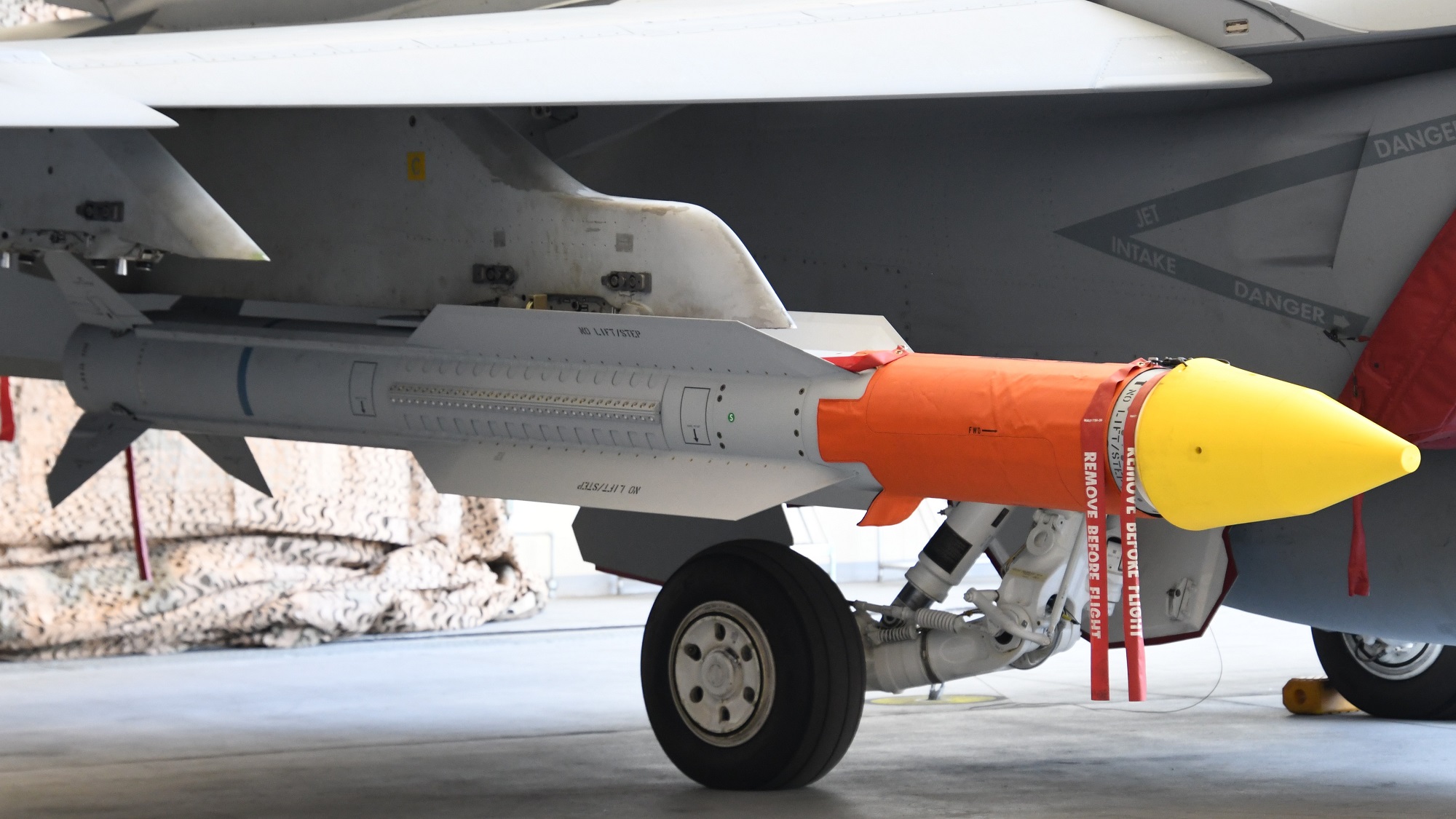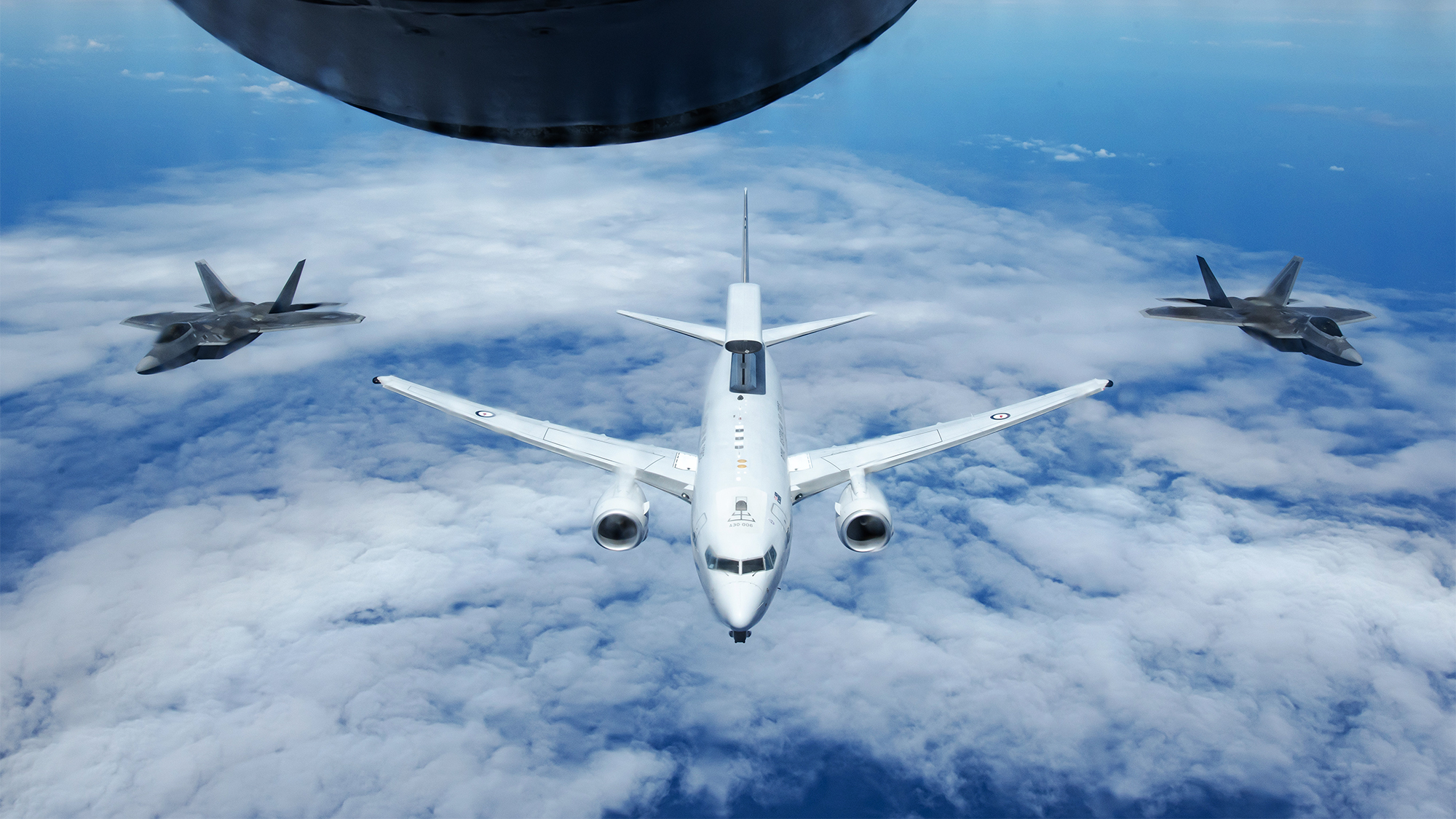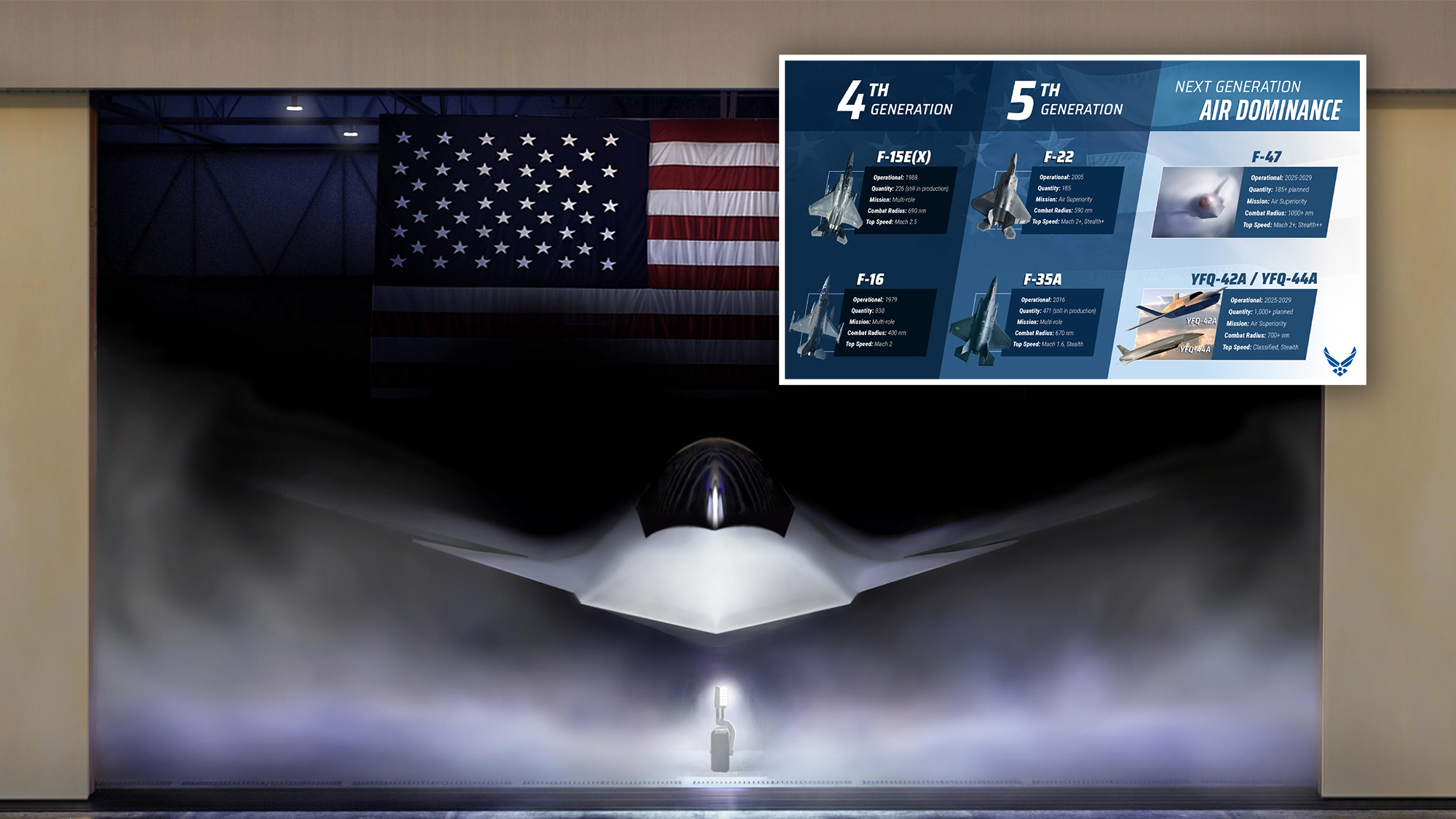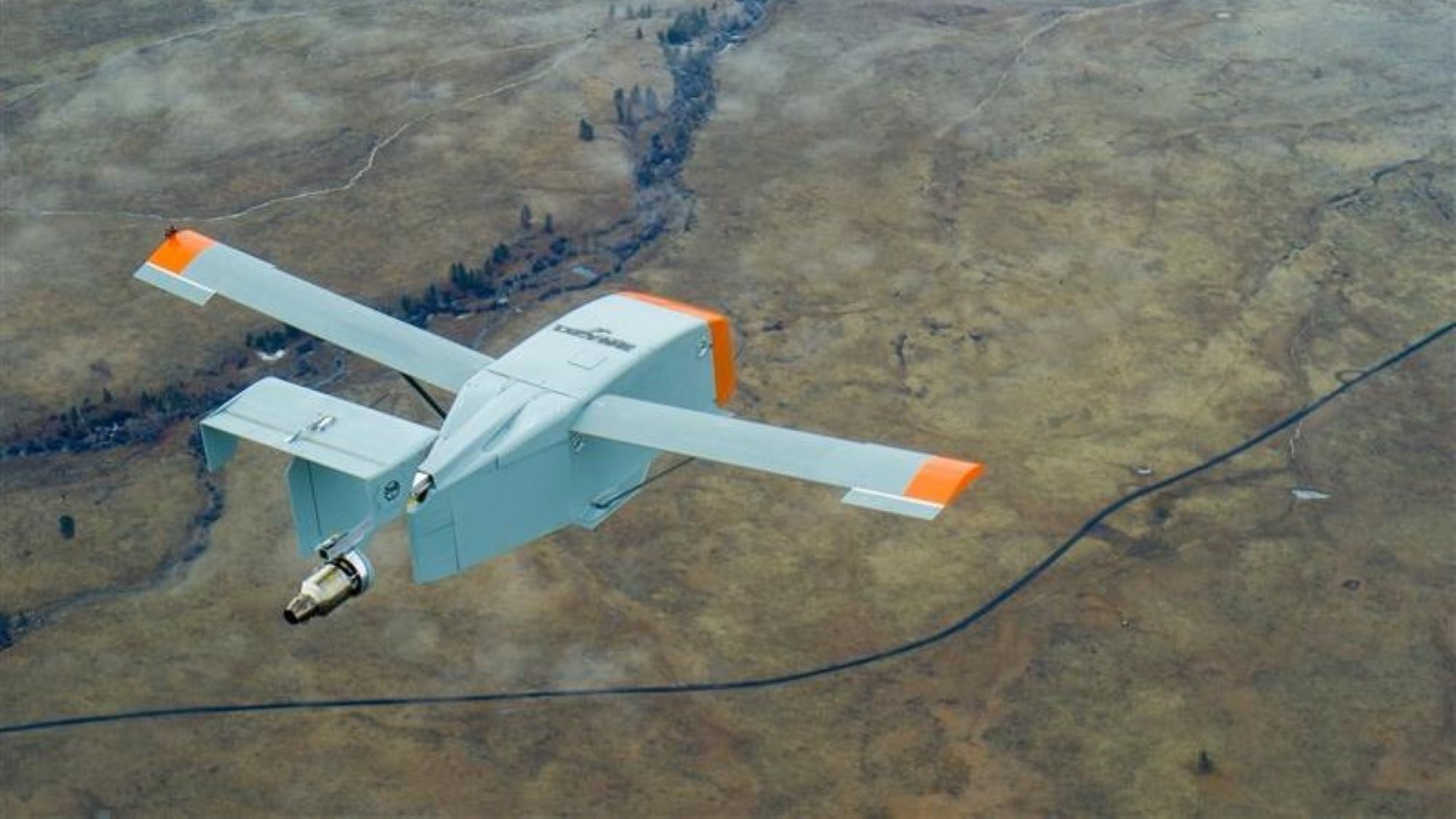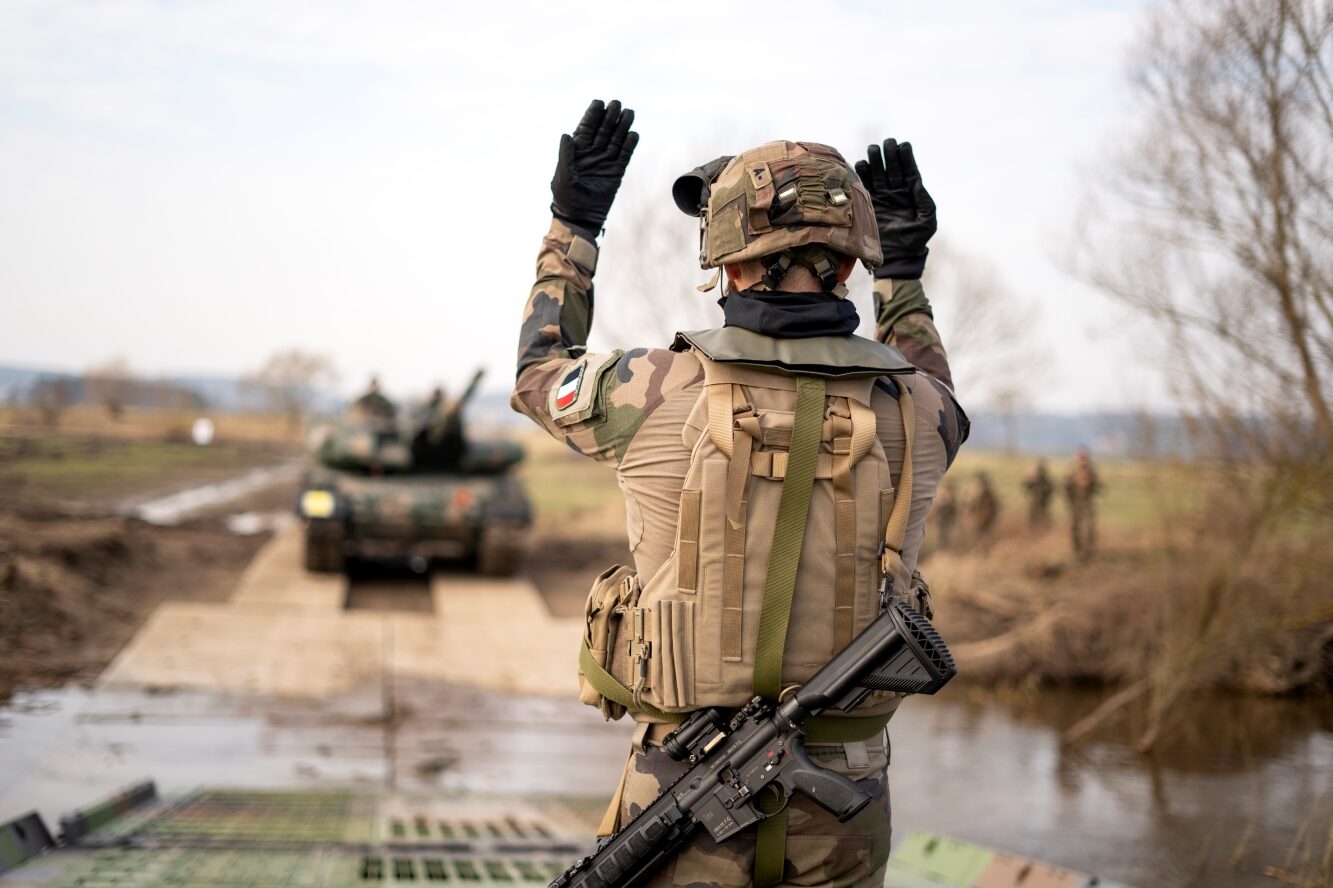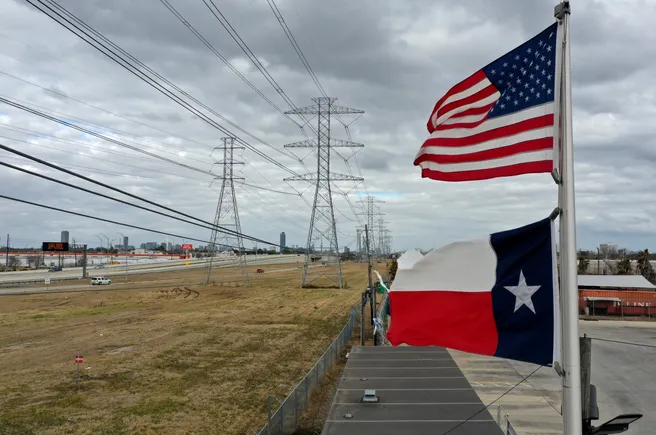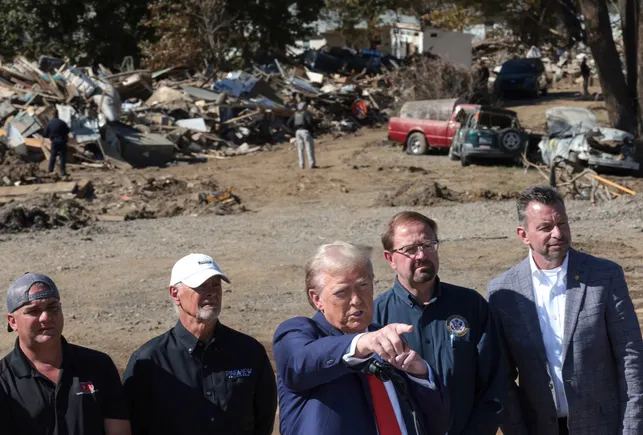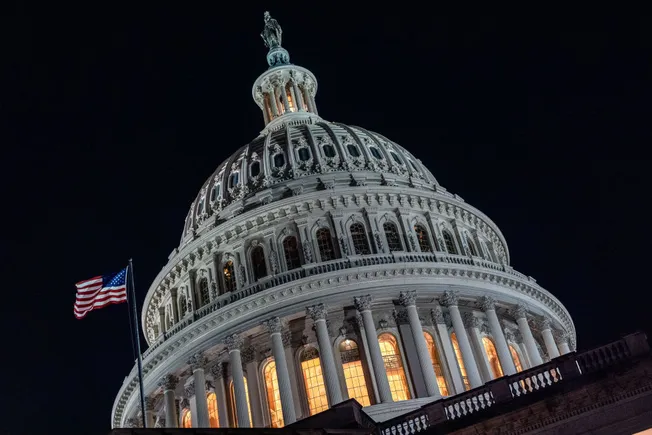Army Vice to aviation community: Cuts hurt, but ‘not making them would hurt more’
Soldiers with the 101st Airborne Division will be the first to receive FLRAA, said Gen. James Mingus.


U.S Army Spc. Mason Delbono assigned to the 25th Infantry Division talks capabilites of the Skydio X10D Drone to Gen. James. J. Mingus, Vice Chief of Staff of the Army during JPMRC 25-01 on Schofield Barracks, Hawaii, Oct. 5, 2024. (Brendon Delgado/DVIDS)
AAAA 2025 — As the US Army unfurls additional details about its transformation overhaul, Vice Chief of Staff Gen. James Mingus appeared before the aviation community today with a message: Cuts “hurt,” but waiting to modernize is not an option.
“We are moving through a generational shift between manned and unmanned systems and from platform-centered to sensor and network-connected,” the four-star general said in prepared remarks for his keynote speech before the Army Aviation Association of America’s annual conference in Nashville, Tenn.
“We are making decisions now … decisions that will either build the force we need … or leave the next generation of aviators under-equipped, under-trained, and overexposed,” he later added.
Earlier this month the service announced a massive overhaul, dubbed the Army Transformation Initiative (ATI). Details of that plan are still emerging but includes shedding general officer posts, shelving legacy weapons and halting work on new programs.
While the proposed cuts hit the service writ large, the Army aviation community has arguably been the most impacted. That includes the divestment of AH-64D Apache aircraft and Gray Eagle drones, as well as cancelling the Future Tactical Uncrewed Aircraft System (FTUAS) competition, which was set to replace the Shadow drone. The Improved Turbine Engine Program (ITEP) for Apache and UH-60 Black Hawks is also a question mark, and its survival will only happen if the Army can claim more money than anticipated in the forthcoming fiscal 2026 budget request, Mingus told reporters today.
RELATED: FLRAA added extra payload capacity to prep for SOF missions
“Inflation has put pressure on every piece of the aviation enterprise … fuel, parts, maintenance,” Mingus told the audience.
“Ultimately, we’ve had to choose between competing priorities with a much smaller pool of dollars,” he later added. “And yet, despite the pressure, we are choosing to modernize. That’s not free, it comes at the cost of legacy structure.”
Some of the freed-up funds are now slated to be used speeding up delivery of Bell’s Future Long-Range Assault Aircraft (FLRAA). While details on how that could happen are to come, Mingus did make a little bit of FLRAA news in his speech.
“The Screaming Eagles of the 101st Airborne Division will be the first to receive FLRAA,” Mingus announced today. “That decision was based on their mission profile and theater demands.
“This decision makes sense, the 101st is a formation built to deploy rapidly and operate in austere conditions,” he later added. “The 101st flies into real world contested environments, across wide terrain, often without the luxury of fixed support infrastructure. They need speed, endurance, and reliability.”
In addition to cuts and redirection to the aviation portfolio, Mingus outlined a couple of force structure changes. Specifically, service leaders plan to inactivate 11 active air cavalry squadrons, two reserve expeditionary CABs, and reduce the medical evacuation (MEDEVAC) structure inside both the active and reserve components.
“Some of these cuts hurt. But not making them would hurt more. Modernization gets more expensive and more disruptive the longer you delay it,” Mingus said. “We waited too long already, and we literally can’t afford to wait any longer.”



































































































